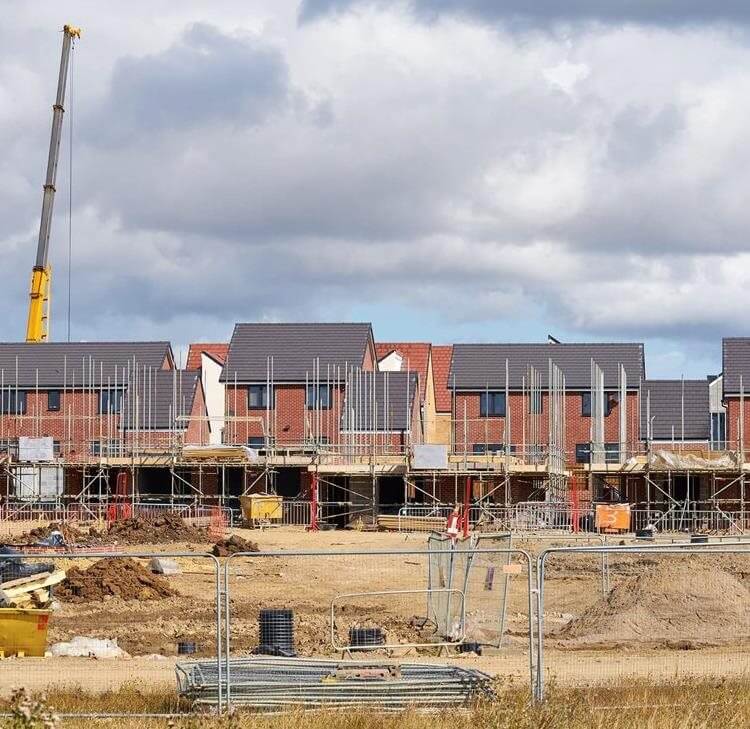Is this the end of Section 106?
The Levelling-up and Regeneration Bill was introduced to Parliament on 11 May 2022. In this Bill, and in accordance with earlier reports, the government intends to replace section 106 agreements and the existing Community Infrastructure Levy (CIL) with a new Infrastructure Levy.
The Levelling-up and Regeneration Bill was introduced to Parliament on 11 May 2022. In this Bill, and in accordance with earlier reports, the government intends to replace section 106 agreements and the existing Community Infrastructure Levy (CIL) with a new Infrastructure Levy, which is aimed to help councils to bring forward more affordable housing.
Section 106 agreements are mechanisms by which local authorities can impose planning obligations on development. Planning obligations can restrict the development or the use of the land, require certain operations or activities to be carried out on the land, require land to be used in a certain way, or require financial contributions to be paid to the local authority in connection to the development.
The Bill sets out that section 106 contributions will be replaced by the new Infrastructure Levy, which would be paid by developers to local authorities. Specifically, the thresholds and rates of the new Infrastructure Levy will be set in charging schedules which are set and raised by local planning authorities, rather than nationally, meaning that rates are tailored to local circumstances. These charging schedules must have regard to previous levels of affordable housing funded by developer contributions, in order that affordable housing is at least maintained at or exceeds previous levels. All of the schedules will be subject to public examination. The Levy will be charged on the value of the property when it is sold and applied above a minimum threshold. The rates will be set as a percentage of gross development value rather than based on floorspace.
The proposed levy would be non-negotiable and would be set nationally. In contrast, section 106 agreement undergo detailed negotiation before they are entered into, and therefore the obligations contained in section 106 agreements tend to be site specific. According to the government, the Levy will reduce delays and uncertainty that can result from section 106 planning obligations. The government has said that this would lead to greater certainty around costs, and the ability to factor expenditure into the price paid for land, should mean that affordable housing and infrastructure delivery would be improved.
Limited details have been provided in relation to the Levy and how this will work in practice, and further detail in relation to the Levy will be set out in regulations. However, there are a number of questions that will need to be answered by the government if this policy is to be successful:
- To what extent will the government cease the use of section 106 agreements? The government have said that narrowly targeted section 106 agreements will be used to deliver certain types of infrastructure, and section 106 agreements will be retained to support the delivery of the largest sites, but there is clearly some ambiguity regarding when section 106 will apply.
- Connected to this, it appears that the Levy will replace the requirement for financial obligations that are currently included in section 106 agreements. Will the Levy replace all financial contributions, and what mechanism will be used to deliver other types of planning obligations that would typically be found in a section 106 agreement?
- How will the government practically secure the provision of affordable housing through the proposed levy? Section 106 agreements also include other controls relevant to affordable housing rather than solely the provision of financial obligations, for example how such housing will be allocated.
- In addition, how will a standardised levy make development viable for all sites? Will it be able to take into account and assess different infrastructure for larger, or more complicated city centre, development projects?
The section 106 system has been criticised by developers for being slow and overly bureaucratic, but what has been proposed in the case of the Infrastructure Levy, from the detail we have received so far, does not adequately replace the current section 106 system.









































